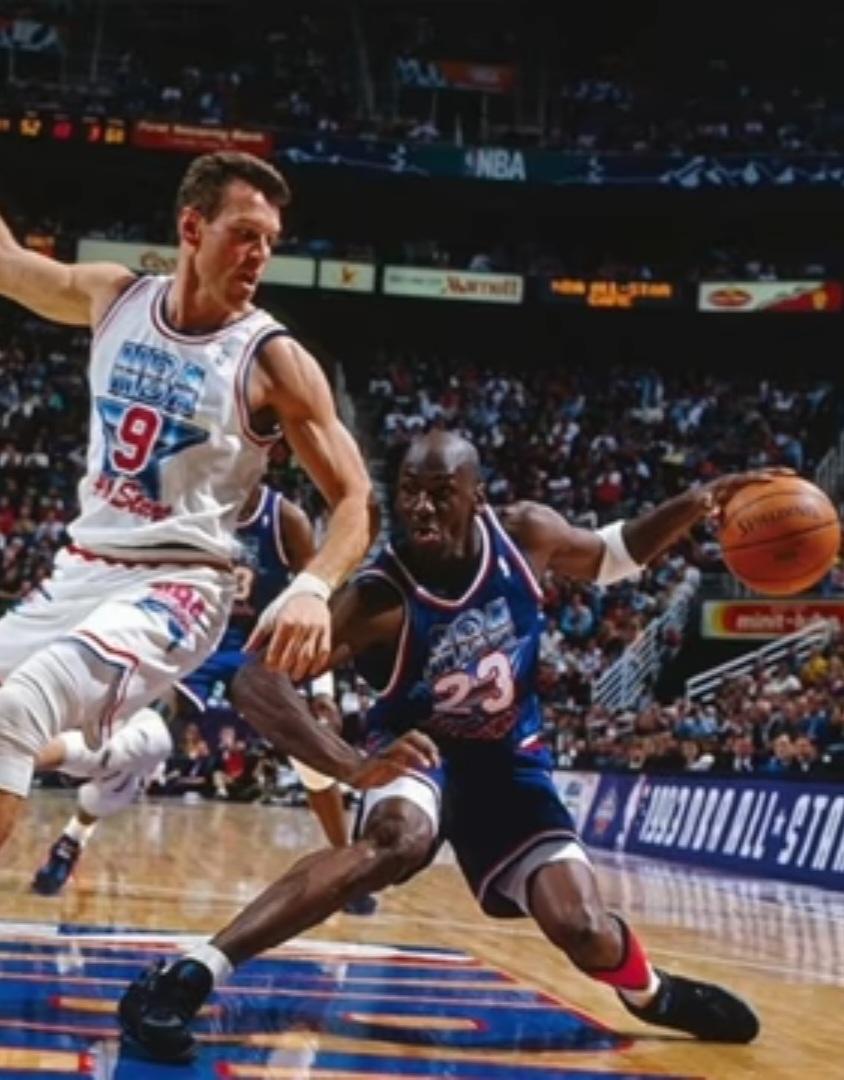dehaas
* Ace Member *
Been dealing with some lower back and left hip issues for the last month or so. I know I have a strength imbalance between legs, which had led to some postural issues that just compound things.
Over the course of reading up and watching some videos I ran across GOATA, which is a guy who pretty much came up with his own training regiment. The interesting part to the method is that he claims he devised the idea by looking at the movements of infants, elite pro athletes, and really old people (like 70+) who are still high level athletes respectively. A super generic explanation is that you need to have pressure on the outside edges of your feet and minimize heel pressure, and not doing that limits your body's natural ability to move and puts it at a higher risk to injury.
This video was kinda long, but I liked it because the guy doing the training is a golfer, so some of the mechanics translate over to a dg throw. I also liked it because they actually showed some of the exercises. There are a bunch of other videos out there, and haven't obviously learned a ton about it or even started incorporating some of the exercises.
I know SW talks about internal and external rotation in various points of the throw, that's what made this stand out. I've also been looking at some of Neal Hallinan's YouTube videos. He focuses a lot on how your body naturally has a right leg dominance and how that causes postural issues and how to address them.
What I'm trying to say is: for anybody looking at cleaning up your form, if your body isn't physically capable of moving properly you'll probably hit a limit with what it can do. There's probably a lot of meat and potatoes hidden in the GOATA stuff that would apply to throwing technique…or at least being aware of it might make it easier to utilize body parts that you've been struggling with previously.
Over the course of reading up and watching some videos I ran across GOATA, which is a guy who pretty much came up with his own training regiment. The interesting part to the method is that he claims he devised the idea by looking at the movements of infants, elite pro athletes, and really old people (like 70+) who are still high level athletes respectively. A super generic explanation is that you need to have pressure on the outside edges of your feet and minimize heel pressure, and not doing that limits your body's natural ability to move and puts it at a higher risk to injury.
This video was kinda long, but I liked it because the guy doing the training is a golfer, so some of the mechanics translate over to a dg throw. I also liked it because they actually showed some of the exercises. There are a bunch of other videos out there, and haven't obviously learned a ton about it or even started incorporating some of the exercises.
I know SW talks about internal and external rotation in various points of the throw, that's what made this stand out. I've also been looking at some of Neal Hallinan's YouTube videos. He focuses a lot on how your body naturally has a right leg dominance and how that causes postural issues and how to address them.
What I'm trying to say is: for anybody looking at cleaning up your form, if your body isn't physically capable of moving properly you'll probably hit a limit with what it can do. There's probably a lot of meat and potatoes hidden in the GOATA stuff that would apply to throwing technique…or at least being aware of it might make it easier to utilize body parts that you've been struggling with previously.




